There ‘s a lot of speculation about the toxic ingredients increasingly found in beauty products. The sad reality is that we all slather on beauty products. And these products may damage our health. Improved awareness means that more people are challenging the safety of cosmetic products that we use daily. Here’s what you need to know about the toxic ingredients in your beauty products.
What are the risks?
As the skin is the largest organ in our body, it plays an important role in our health. Some ingredients in skincare products can be absorbed through the dermal layers and move into the bloodstream. Furthermore, there are hazardous chemicals in many other products that we use daily. Whether it’s through air pollution, the food, and even the water we ingest.
Health risks associated with high exposure to common hazardous chemicals and toxins include:
- Skin sensitivities, intolerances, as well as allergies;
- Malignant cell formation;
- Endocrine and hormonal disruption;
- Reproductive, immune and nervous system toxicity; and
- Neurological damage.
Function of toxic chemicals in beauty products
These chemicals are used to extend the shelf life of a product as well as preserve the integrity cost-effectively.
Unfortunately, with time and market growth demands, some manufacturers are increasingly using endocrine-disrupting chemicals. These include parabens as well as phthalates. Research is showing these chemicals may increase the risk of cancer as well as other diseases.
What toxic ingredients should you avoid?
1. Petrochemicals
These include ethylene, propylene, benzene, toluene, as well as xylene isomers. They not only clog skin pores but they also trap toxins and even slow skin cell growth. They can also absorb oil-soluble vitamins A, D, E, and K from your body and excrete them.
2. Parabens
These are synthetic preservatives that, in high doses. Parabens may disrupt hormonal balance and they also have carcinogenic properties.
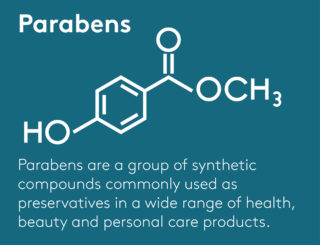
3 Propylene glycol and ethylene glycol
These ingredients help to increase absorption. They contain a compound called dioxin. This can lead to dermatitis, kidney or liver abnormalities, and stunted skin cell regrowth. Furthermore, they’re also known carcinogens.
Balancing Reality With Toxic Concerns
International health standards allow for a certain percentage of chemical ingredients to be used in cosmetics if the quantity used isn’t directly harmful.
However, there is growing skepticism that many companies are still placing profits before people and are knowingly using ingredients that are going to create or exacerbate health risks. Organizations like EWG are working hard at motivating cosmetic companies to verify their ingredients so consumers are empowered.
Safer Products
Revlon gets thumbs up from EWG
Debra Perelman, Revlon’s president and CEO told FastCompany that it took about a year to formulate as well as certify the $13.99 PhotoReady Prime Plus Perfecting + Smoothing Primer. The product is designed to help improve make-up wear and the appearance of skin. It’s the first step for the brand, which hopes to quickly certify more of its products.
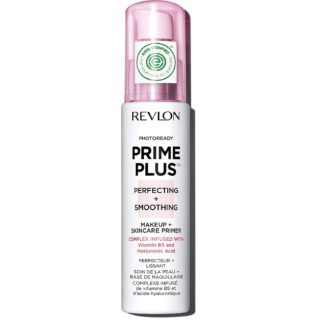
EWG gave Revlon the thumbs up. “Our goal is to bring safe products to as much of the population as possible, and the best way to do this is by having affordable, mass-market brands on board,” says Ken Cook, EWG president, and co-founder.
A better beauty regime
Most people assume beauty products are tested for safety before hitting shelves.
The reality is different. Personal care and beauty products are some of the least regulated industries in the United States. According to the Campaign for Safer Cosmetics, current federal laws regulating cosmetic safety haven’t been updated in over 80 years. This leaves the Food and Drug Administration (FDA), the agency responsible for regulating cosmetics and personal care products. Many would argue they have little power to perform even the most basic functions to ensure the safety of an estimated $84 billion cosmetic industry.
Three Ways To Ensure Your Beauty Is Non-Toxic
- Every country has different health regulations. The European Union has banned 1 328 chemicals from cosmetics. These chemicals are known or suspected to cause cancer, genetic mutations, reproductive harm, or birth defects. In the U.S., the FDA has banned, or possibly only restricted, only 11.
- It’s important to decide where you want to limit your exposure to toxins as we are exposed to countless toxins every day due to a variety of factors. This can have an increasingly dangerous cumulative effect on our bodies.
- It’s important to monitor your body’s overall detoxification function before choosing a product. With age, our body’s ability to detoxify tends to weaken.
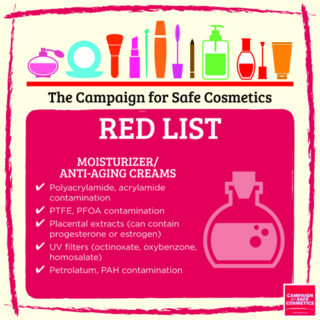
What alternatives?
Almost all ingredients used in cosmetic and skincare products are originally found in nature. The difference between naturally sourced and synthetic ingredients comes down to how many chemical processes the ingredient has gone through. If you are serious about reducing your exposure to toxins, then you can choose to buy natural beauty products.
According to Leung’s Encyclopedia of Common Natural Ingredients Used in Food, Drugs, and Cosmetics, “a natural product is defined as something that has been derived from plant, animal or microbial sources, primarily through physical processing.” This processing can also be facilitated by simple chemical reactions, as well as microbial fermentation – as long as the chemical structure of the natural product remains the same.
What makes a beauty product natural?
If a natural product goes through 30 chemical processes, its molecular composition will be altered. In order to be certified as natural, a product has to go through as few chemical processes as possible, so that its original molecular composition doesn’t alter.
Naturally better
Using natural product ranges can boost your overall well-being, both by minimizing the unnecessary intake of hazardous chemicals and allowing your body functions to strengthen naturally, without artificial aids.
But not all-natural products are created equal. Just because it says ‘natural’ on the label doesn’t mean that it is well-researched as well as well-formulated. Natural acids, oils, as well as products should also be formulated carefully, as they can be damaging to the skin if the intensities are too high.
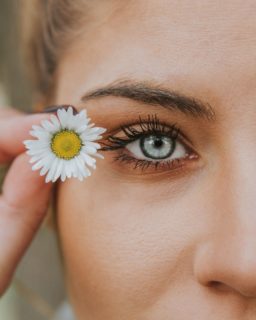
Remove Toxic Beauty From Your Regime
No one wants to learn that their trusted personal care products are made with hazardous chemicals. Thankfully, safer alternatives are available. There are steps you can take to reduce toxic exposure in your home as well as protect the health of your family.
Five Top Tips For Safer Cosmetics
1. Simplify
The Campaign for Safer Cosmetics suggests you choose products with simpler ingredient lists and fewer synthetic chemicals. Avoid synthetic fragrance by skipping products with “fragrance” on the label, and use fewer products overall.
2. DIY
Some personal care products are easy to make yourself. This can be a great project for a party. Make your own sugar or salt scrubs or body oils, using simple, organic ingredients.
3. Research Products Yourself
Since the beauty industry is largely unregulated, it’s up to you to do your own research to find the safest products. There are generally no legal standards for personal care products labeled as “pure,” “natural” or “organic.” It is important that you look beyond the marketing claims and read labels carefully.
4. Use apps like Think Dirty
To find out whether your go-to products are safe, try Think Dirty’s shop clean app. This easy-to-use resource ranks the safety of specific products on a scale of 1-10 and offers up cleaner solutions.
5. Do something
While it’s possible to reduce toxic exposures in your home by buying safer products, it’s not possible to shop our way out of this problem. Even if they’re not in your home, toxic chemicals from personal care products can still end up in our air and drinking water. It can also get into the homes of people who don’t have access to safe products. This is particularly true of many sunscreen products that are being proven to be highly toxic to nature and then also get into urban environments through our sewerage and effluent. Read more about why oxybenzone, found in many mainstream suncare products, is wreaking havoc.
Get Reliable Information
These websites will teach you more more about toxic ingredients:
1. EWG Skin Deep Cosmetics Database
2.Campaign for Safe Cosmetics:
3. Ecocert: www.ecocert.com/en
Watch The Documentary On Toxic Beauty
When you watch the documentary “Toxic Beauty,” you will understand just how the products we use to enhance our beauty are making us sick.
The 90-minute film takes a deep dive into the lives of women who have been diagnosed with ovarian cancer as a result of their lifelong baby powder use. One of these is brave whistleblower Deane Berg, an American woman who turned down a $1.3-million settlement from Johnson & Johnson in order to take them to court and speak publicly about the health risks of their products.
Cosmetic regulations fall short
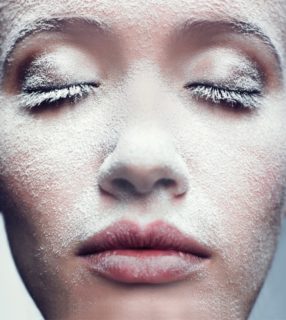
Photo: Courtesy of White Pine Pictures
The film explores the way in which other cosmetic products are made, with next to no regulation from the Food and Drug Administration. Doctors, researchers, lawyers, regulators, and cancer survivors were interviewed. Many of the ingredients in our regular beauty products are known carcinogens and endocrine disruptors. This will have a lasting impact on your health as well as reproductive system. However, as this documentary shows, you’ll rarely see a warning label in the beauty aisle.
In the words of Dr. David Michaels, a professor at George Washington University School of Public Health and author of Doubt Is Their Product,
“The FDA works very hard on drugs, medical devices, perhaps a little less well on food, [but] protecting people from dangerous materials in cosmetics is not even in the back seat – it’s not even in the car!”
Cosmetic regulations haven’t been updated since 1930s. The film is interspersed with examples of products marketed throughout the past century that have had a disastrous effect on health. These include burnt inner eyelid linings causing blindness from an eyelash treatment supposed to make them thick as well as lustrous.
Running parallel to the film’s talc-ovarian cancer storyline is another one following medical student and makeup lover Mymy Nguyen. In the film, Mymy explains how she became concerned about her body’s chemical burden. She embarks on an experiment to measure how chemical levels differ when she uses her regular cosmetic products, cuts them all out, and replaces them with ‘clean’ alternatives. “The results are shocking; most people don’t realize how immediate the impact is when they apply chemicals to the body – and how quickly they can get rid of them.”
The Bottom Line
A good cosmetic or beauty product range should protect your skin as well as give it the building blocks it needs to renew and in a healthy and natural way. Beauty products with toxic ingredients will not only cause harm to your body but will undermine your longevity.
This is why you need to take control of what you are putting on your skin. Your good health as well as longevity depend on it.
Dying to have pretty nails? Read why painting your nails may be harmful to your health.


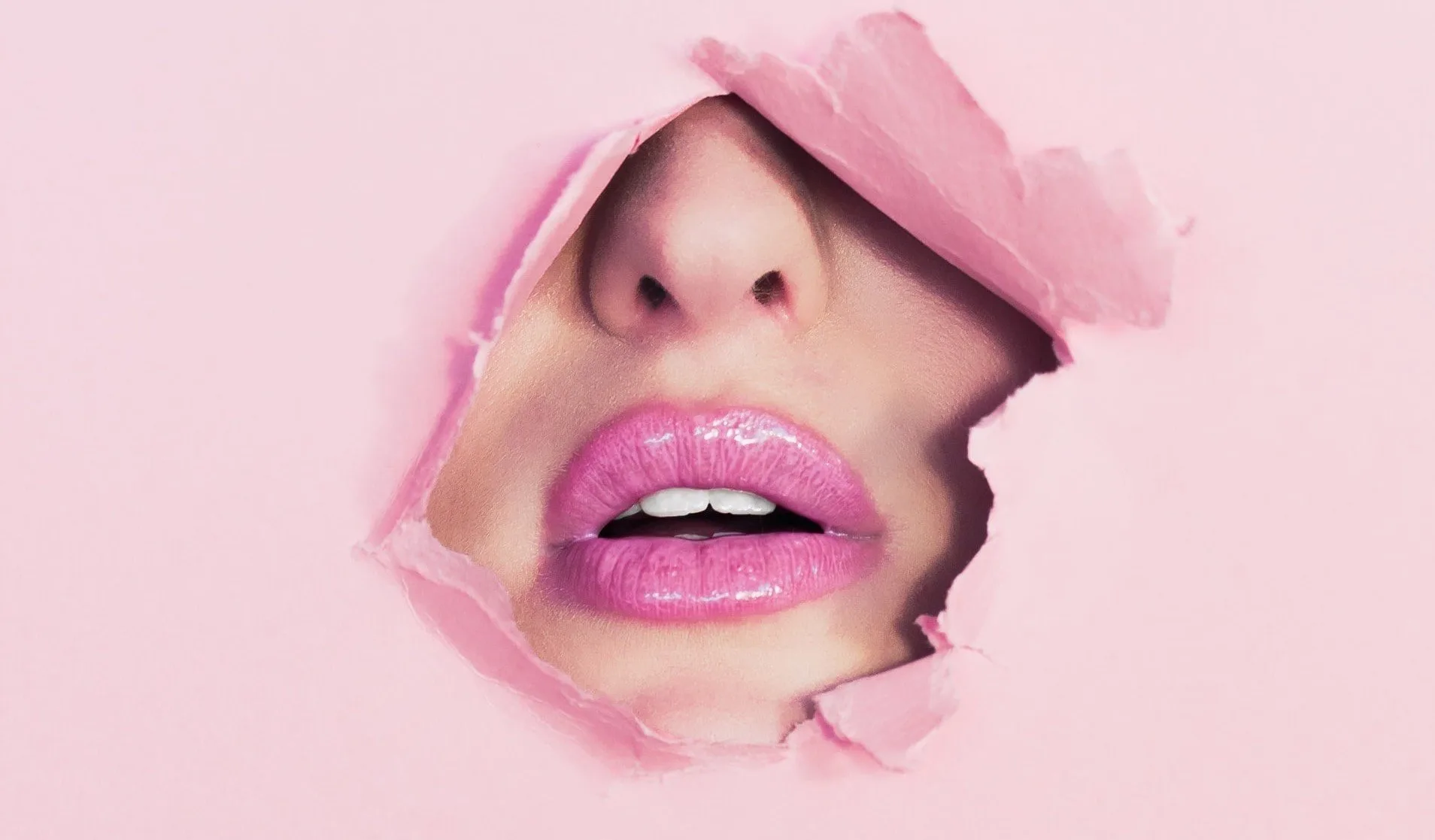


![women [longevity live]](https://longevitylive.com/wp-content/uploads/2020/01/photo-of-women-walking-down-the-street-1116984-100x100.jpg)









